Home>Gardening & Outdoor>Home DIY & Maintenance>How To Make A Furniture Polish At Home
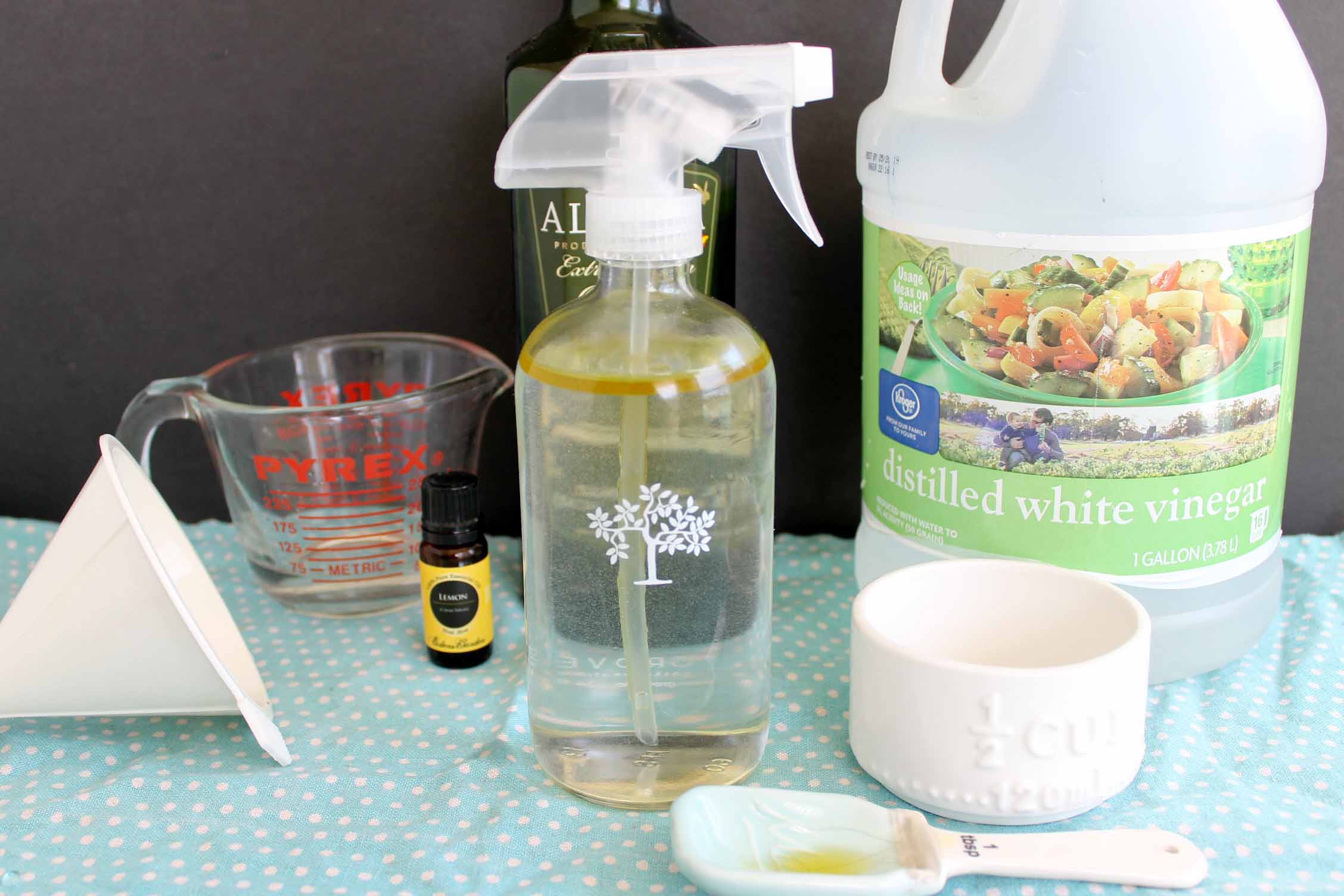

Home DIY & Maintenance
How To Make A Furniture Polish At Home
Modified: December 21, 2023
Learn how to make a furniture polish at home with simple ingredients. Keep your furniture looking great with this easy DIY and maintenance solution. Ideal for home improvement enthusiasts.
(Many of the links in this article redirect to a specific reviewed product. Your purchase of these products through affiliate links helps to generate commission for Storables.com, at no extra cost. Learn more)
Introduction
Welcome to the world of do-it-yourself home maintenance! Making your own furniture polish is a rewarding and cost-effective way to care for your beloved wooden pieces. Not only is it a sustainable choice, but it also allows you to control the ingredients, ensuring a natural and customized solution for your specific needs.
By creating your own furniture polish, you can avoid the harmful chemicals often found in commercial products, making it a safer option for your family and pets. Additionally, the process of making your own polish can be a fun and fulfilling experience, providing a sense of accomplishment and connection to your home.
In this article, we will explore the ingredients needed, the step-by-step process of making furniture polish at home, as well as valuable tips for using and storing your homemade polish. Whether you’re a seasoned DIY enthusiast or just starting to explore the world of homemade cleaning solutions, this guide will equip you with the knowledge and confidence to create a natural and effective furniture polish right in your own kitchen.
Key Takeaways:
- Create your own furniture polish using olive oil, vinegar, and lemon essential oil for a natural, safe, and customizable solution that nourishes and protects wooden surfaces.
- Apply homemade furniture polish sparingly, buff for a lustrous finish, and store in a cool, dark place to maintain its quality and effectiveness for sustainable home maintenance.
Read more: How To Make Beeswax Furniture Polish
Ingredients Needed
Creating your own furniture polish requires just a few simple, yet effective, ingredients. The beauty of making your own polish lies in the ability to tailor the ingredients to your preferences and specific furniture needs. Here are the key components you’ll need to gather:
- Olive Oil: This kitchen staple not only adds a natural shine to your furniture but also nourishes the wood, helping to prevent drying and cracking.
- White Vinegar: Known for its natural cleaning properties, white vinegar effectively removes dirt and grime while also providing a gentle disinfecting action.
- Lemon Essential Oil: This fragrant oil not only imparts a refreshing scent to your furniture polish but also serves as a natural cleaner and degreaser.
- Microfiber Cloth: Opt for a soft, lint-free cloth to apply and buff the polish, ensuring a streak-free and lustrous finish on your furniture.
- Optional: Beeswax: If you’re looking to add an extra layer of protection and sheen to your wooden surfaces, consider incorporating beeswax into your polish recipe.
These simple yet powerful ingredients are all you need to create a natural, effective, and customizable furniture polish right in your own kitchen. Now that you’ve gathered your supplies, it’s time to dive into the step-by-step process of making your very own furniture polish.
Steps to Make Furniture Polish
Now that you have all the necessary ingredients at your disposal, it’s time to embark on the journey of creating your own furniture polish. Follow these simple steps to craft a natural and effective solution for enhancing the beauty of your wooden furniture:
- Prepare Your Work Area: Find a well-ventilated and well-lit space to work in. Lay down a protective covering, such as a cloth or newspaper, to prevent any accidental spills or stains.
- Combine the Ingredients: In a clean and dry mixing bowl, mix together 1/4 cup of olive oil and 1/4 cup of white vinegar. These two ingredients form the base of your furniture polish and provide a gentle yet effective cleaning and conditioning solution for your wooden surfaces.
- Add the Fragrance: To infuse a refreshing scent into your furniture polish, add 10-15 drops of lemon essential oil to the olive oil and vinegar mixture. The citrusy aroma will not only leave your furniture smelling delightful but also contribute to the cleaning and degreasing properties of the polish.
- Optional: Incorporate Beeswax: If you’ve chosen to include beeswax in your recipe, gently heat the mixture in a double boiler until the beeswax melts and combines with the other ingredients. This step adds an extra layer of protection and luster to your furniture surfaces.
- Transfer to a Sealable Container: Once all the ingredients are thoroughly combined, carefully pour the furniture polish into a sealable container, such as a glass jar or airtight bottle. This will ensure easy storage and preservation of your homemade polish.
- Application and Buffing: To use your homemade furniture polish, simply apply a small amount to a soft, lint-free cloth and gently rub it onto your wooden furniture in circular motions. Allow the polish to sit for a few minutes before buffing it with a clean cloth to reveal a radiant and revitalized finish.
By following these straightforward steps, you can create a natural and effective furniture polish that not only enhances the appearance of your wooden pieces but also nourishes and protects them for years to come. With your homemade polish ready for use, let’s explore some valuable tips for applying and storing it effectively.
Mix equal parts of olive oil and white vinegar to create a natural furniture polish at home. Apply a small amount to a soft cloth and buff the wood in a circular motion for a shiny finish.
Tips for Using Homemade Furniture Polish
Now that you’ve crafted your own natural and effective furniture polish, it’s essential to understand the best practices for using and storing it to maximize its benefits. Here are some valuable tips to ensure that your homemade furniture polish delivers exceptional results:
- Test in an Inconspicuous Area: Before applying the homemade polish to the entire surface of a piece of furniture, it’s prudent to test it in a small, inconspicuous area to ensure compatibility and the desired results.
- Use Sparingly: A little goes a long way with homemade furniture polish. Apply a small amount to a soft cloth and gradually add more as needed to achieve the desired shine and protection.
- Buff for a Lustrous Finish: After applying the polish to your wooden furniture, take the time to buff it with a clean, dry cloth. This extra step will enhance the shine and remove any excess polish, resulting in a lustrous and streak-free finish.
- Store in a Cool, Dark Place: To preserve the quality and effectiveness of your homemade furniture polish, store it in a cool, dark place away from direct sunlight and extreme temperatures. This will help maintain the integrity of the ingredients and prevent any degradation.
- Regular Maintenance: Incorporate the use of homemade furniture polish into your regular cleaning and maintenance routine. By consistently treating your wooden furniture with this natural solution, you can prolong its life and maintain its timeless beauty.
- Customize the Scent: Experiment with different essential oils to customize the fragrance of your furniture polish. Whether you prefer a citrusy aroma, a hint of lavender, or a subtle woodsy scent, essential oils offer endless possibilities for personalizing your homemade polish.
By adhering to these tips, you can ensure that your homemade furniture polish not only revitalizes and protects your wooden pieces but also becomes an integral part of your eco-friendly and sustainable home maintenance routine. With these insights in mind, you are well-equipped to enjoy the benefits of your natural and effective furniture polish.
Conclusion
Congratulations on embarking on the journey of creating your own furniture polish! By harnessing the power of natural ingredients and simple yet effective techniques, you have taken a significant step towards sustainable and mindful home maintenance. The process of making your own furniture polish not only empowers you to customize a solution tailored to your specific needs but also allows you to contribute to a healthier and more eco-friendly living environment.
As you apply your homemade furniture polish to your beloved wooden pieces, take pride in the fact that you are nourishing and protecting them with a natural and sustainable solution. The gentle cleansing and conditioning properties of olive oil and white vinegar, combined with the refreshing scent of lemon essential oil, create a harmonious blend that not only enhances the beauty of your furniture but also respects the environment and the well-being of your household.
By following the steps outlined in this guide and implementing the tips for using and storing your homemade furniture polish, you can infuse your home maintenance routine with a sense of creativity, purpose, and mindfulness. Whether you’re revitalizing a cherished heirloom or maintaining the luster of everyday furnishings, your homemade polish is a testament to your commitment to a more sustainable and natural approach to caring for your home.
Embrace the joy of crafting your own natural solutions, and let the radiance of your polished wooden surfaces reflect the care and thoughtfulness you’ve invested in creating a healthier and more beautiful living space. With your newfound knowledge and the transformative power of homemade furniture polish, you are poised to embark on a journey of sustainable home maintenance that not only benefits your surroundings but also enriches your connection to the heart of your home.
So, go ahead, bask in the glow of your beautifully polished furniture, knowing that you’ve not only created a natural and effective solution but also fostered a deeper sense of connection and stewardship for your living environment. Here’s to the timeless allure of wooden furniture and the natural elegance of homemade polish!
Frequently Asked Questions about How To Make A Furniture Polish At Home
Was this page helpful?
At Storables.com, we guarantee accurate and reliable information. Our content, validated by Expert Board Contributors, is crafted following stringent Editorial Policies. We're committed to providing you with well-researched, expert-backed insights for all your informational needs.
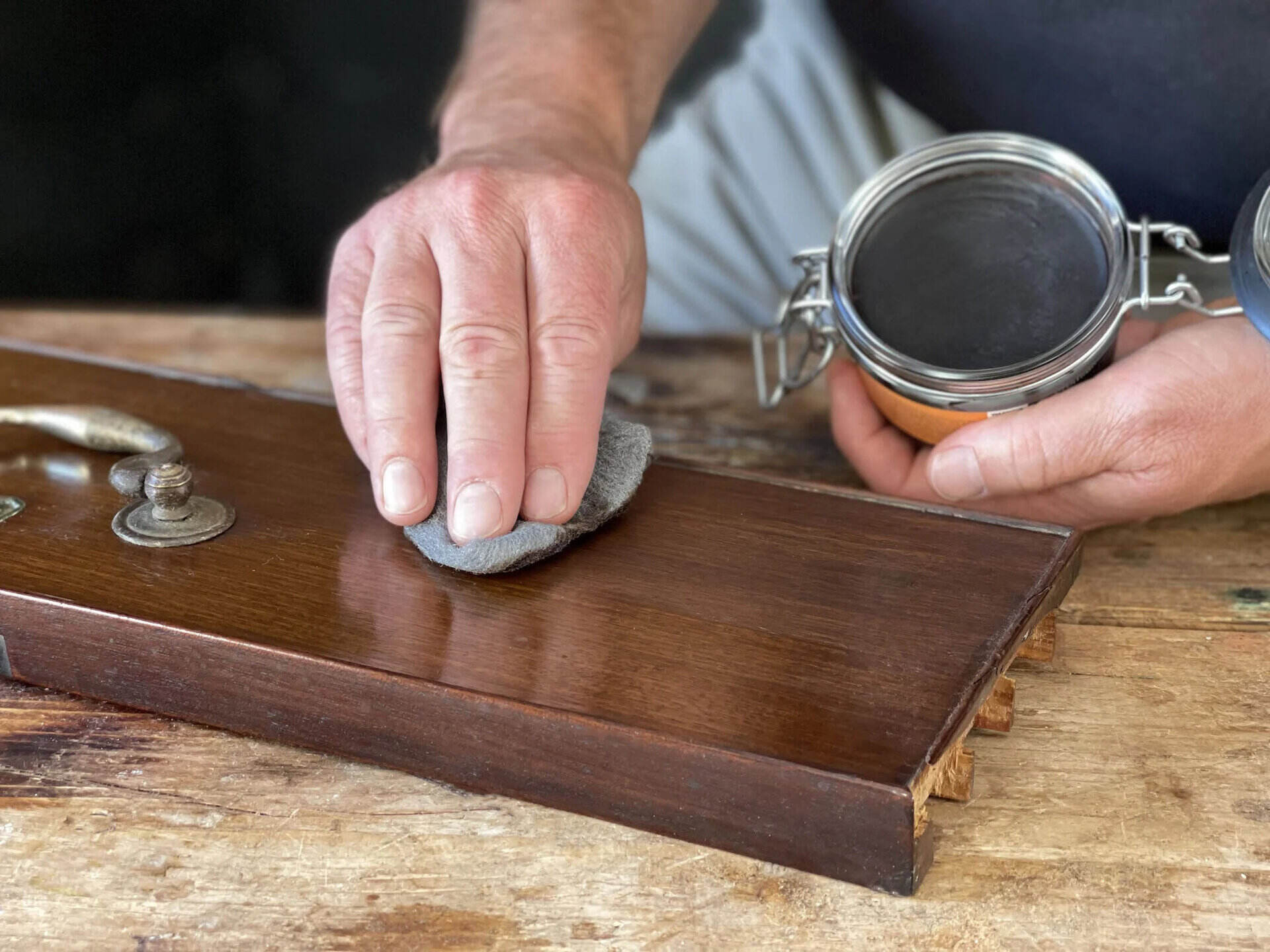
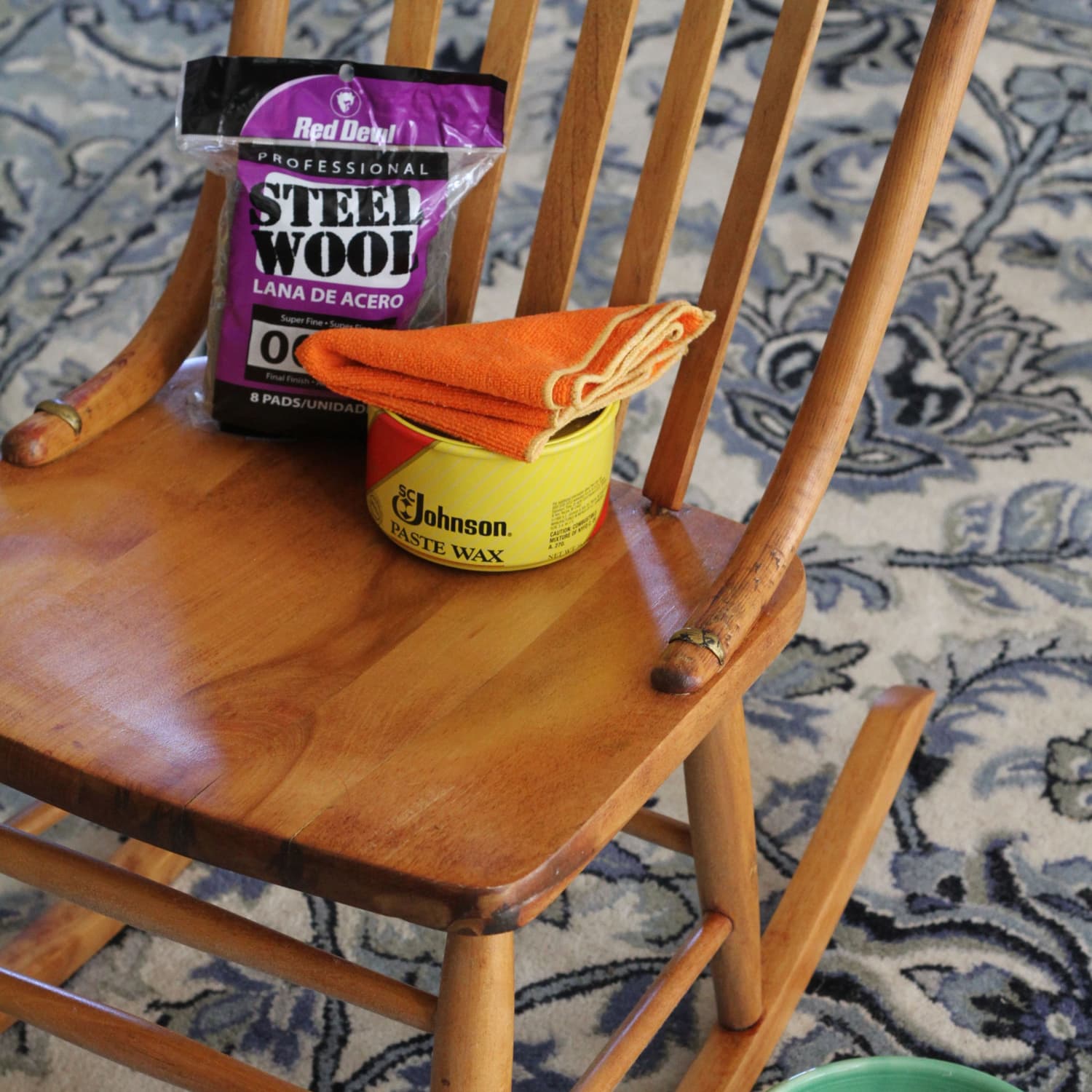
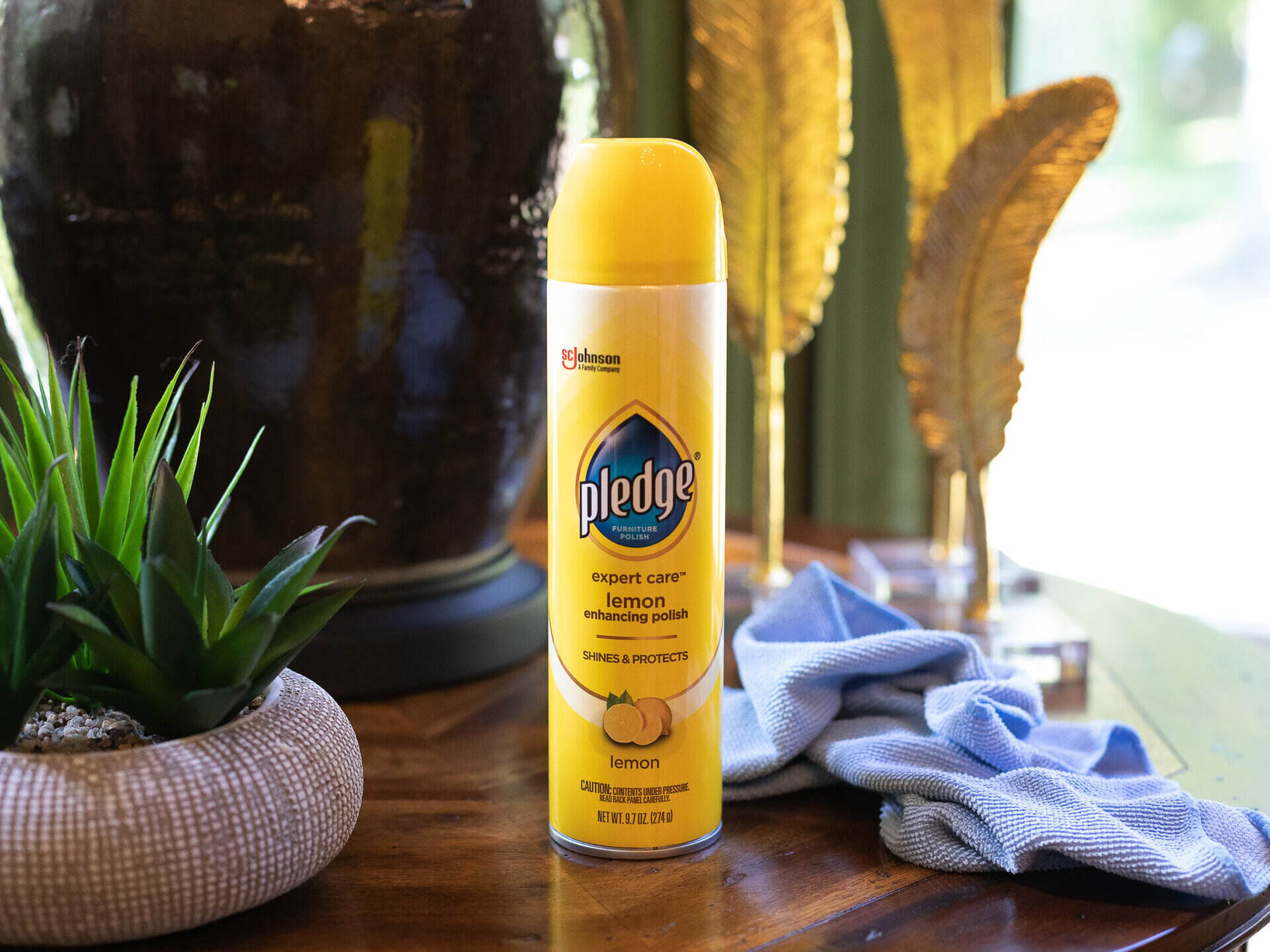
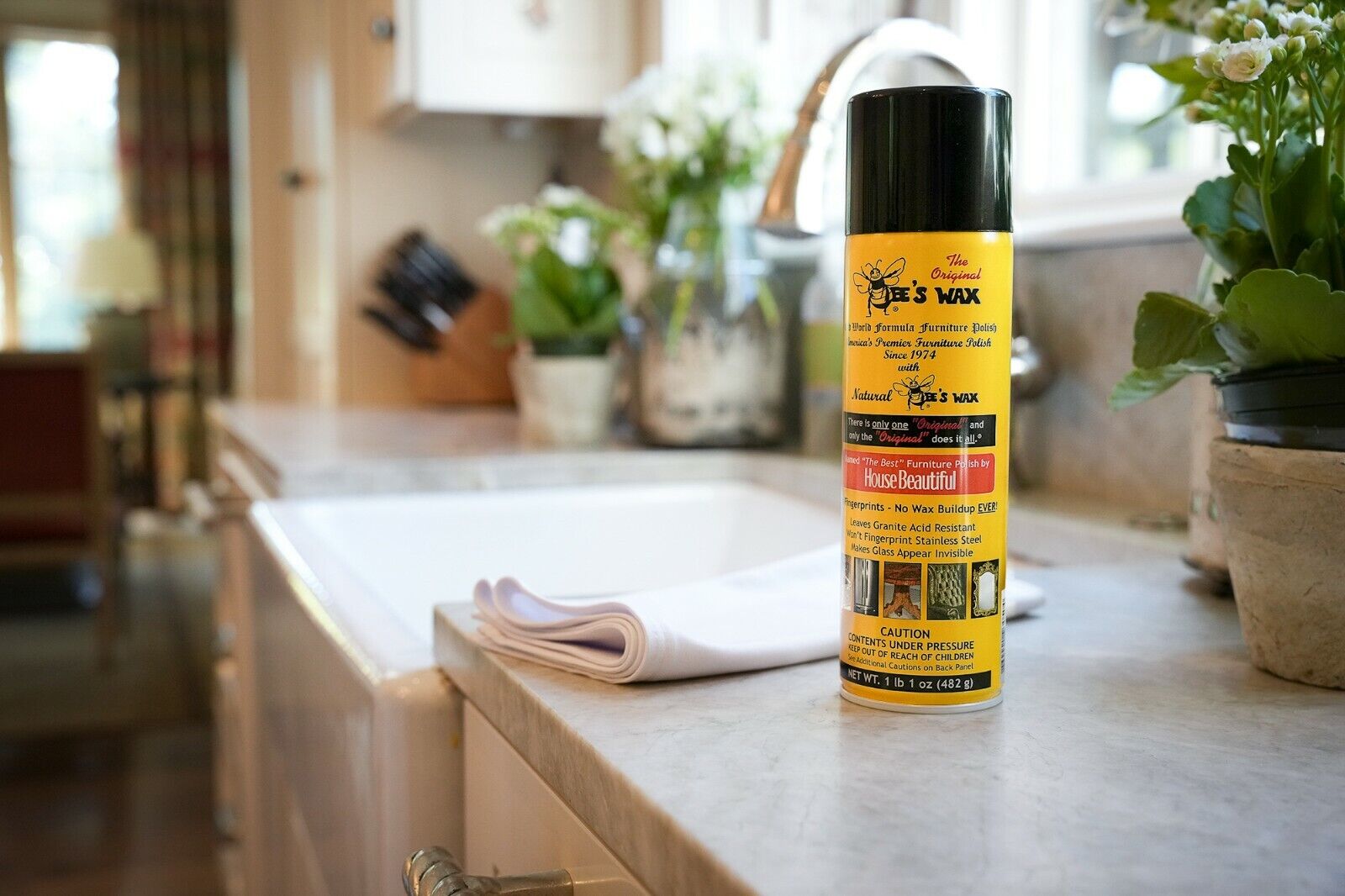
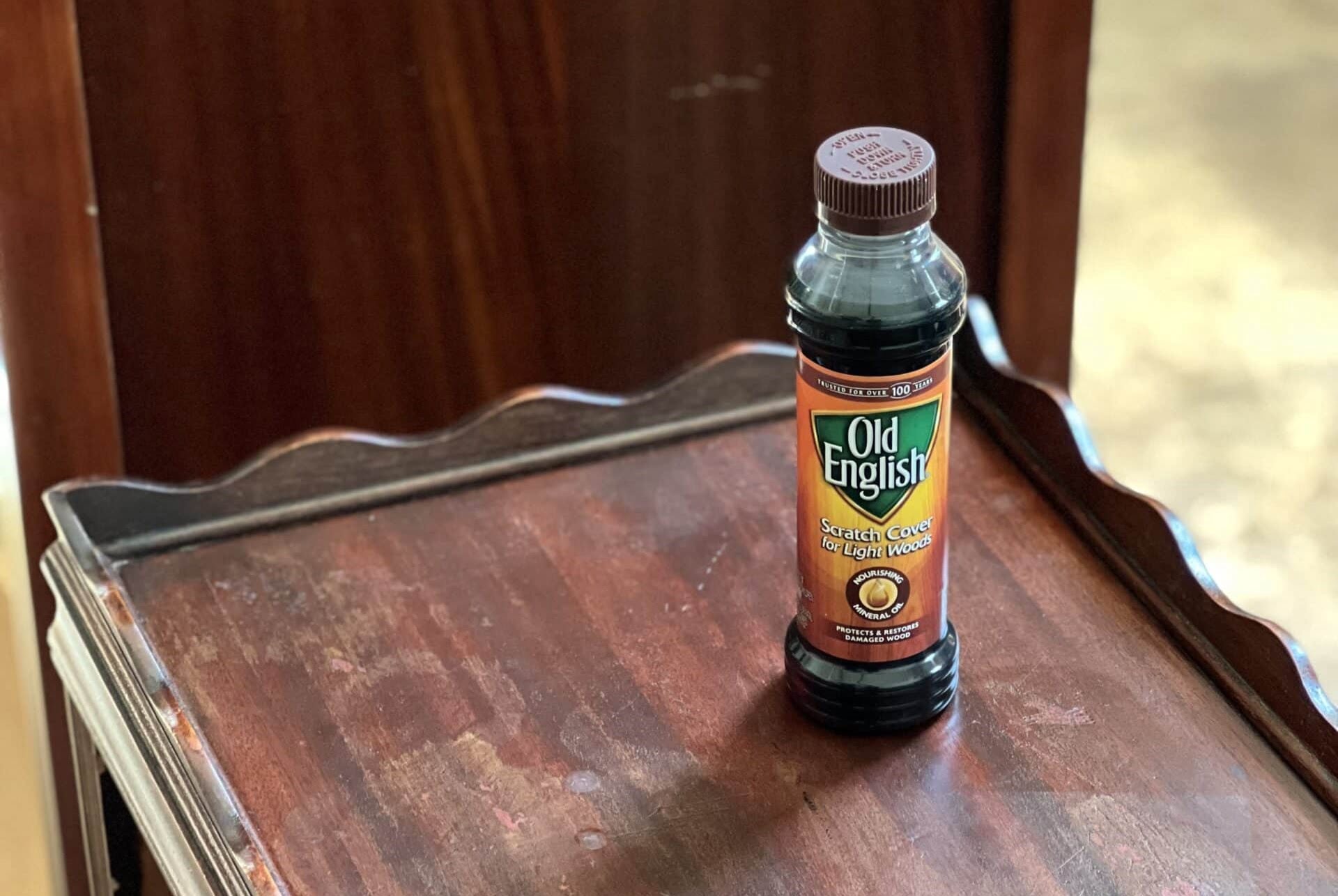
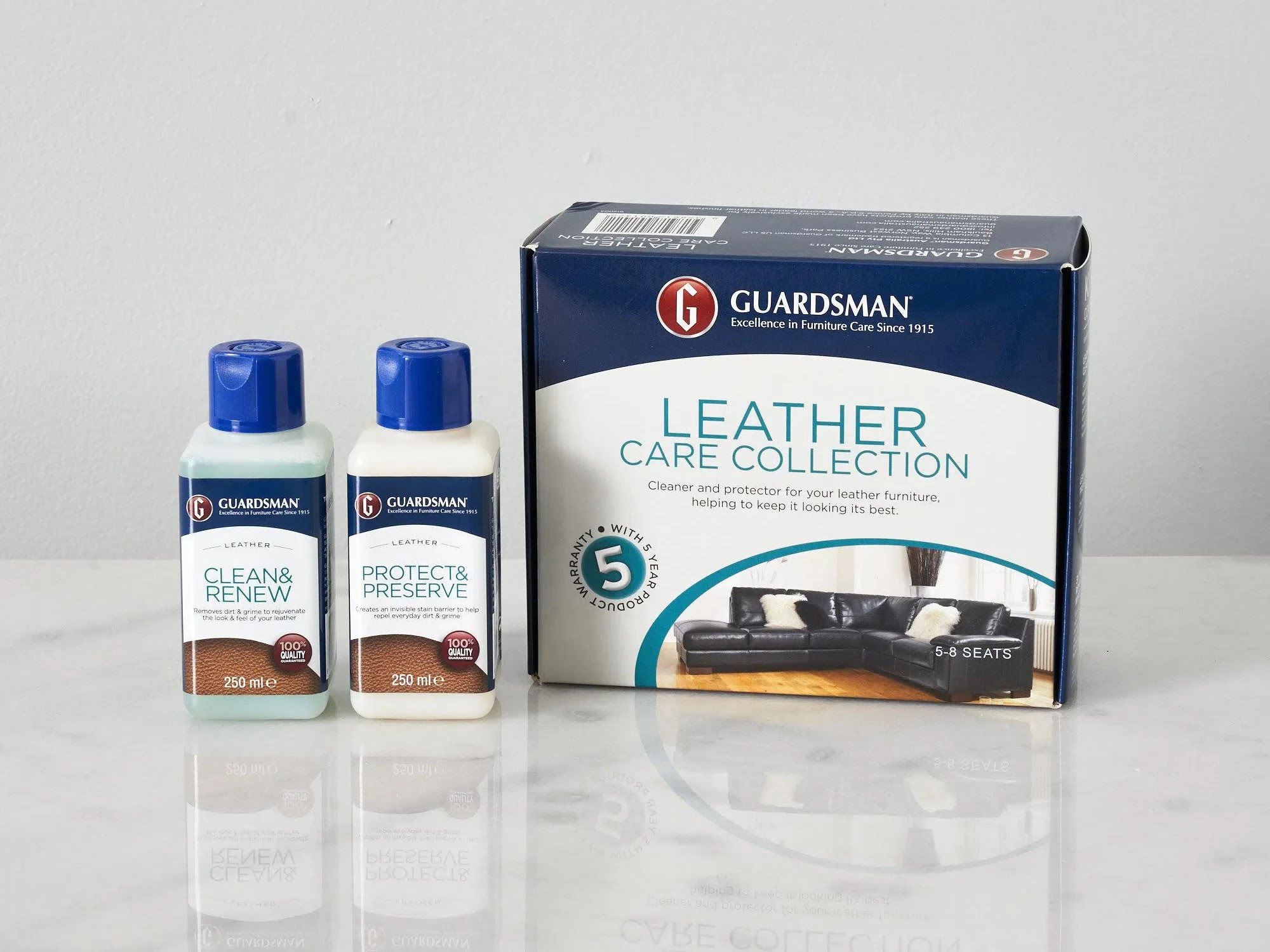
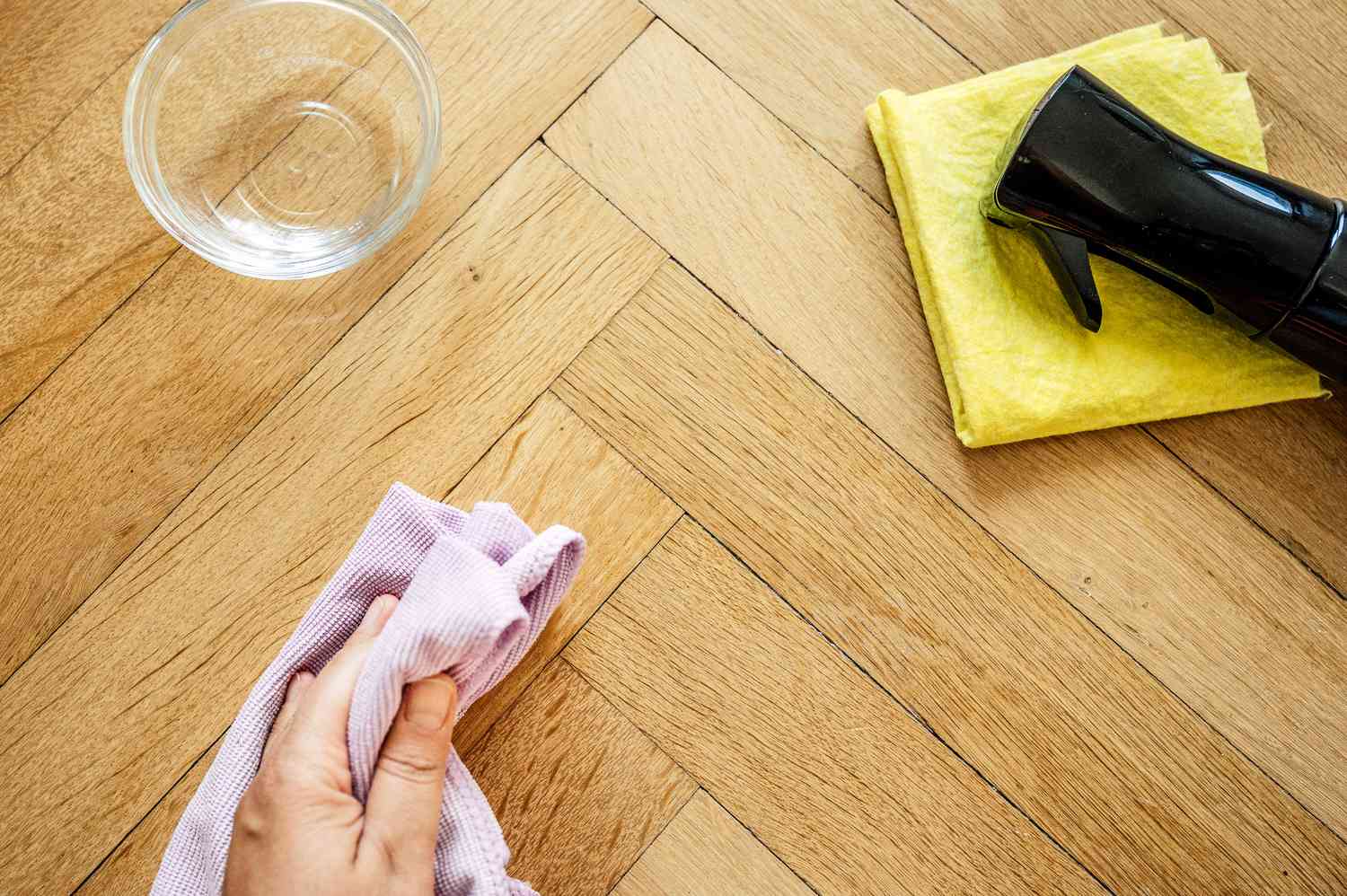
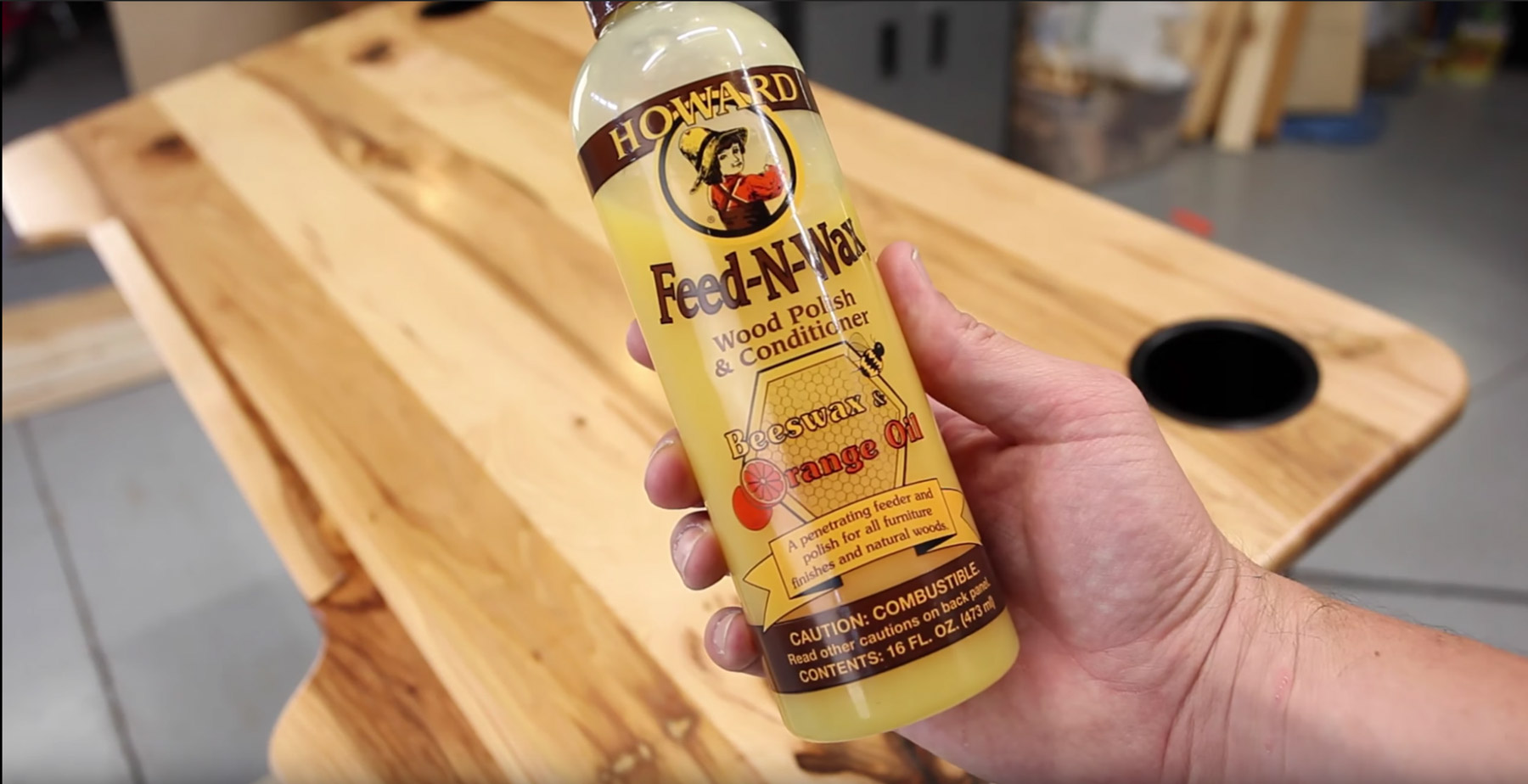
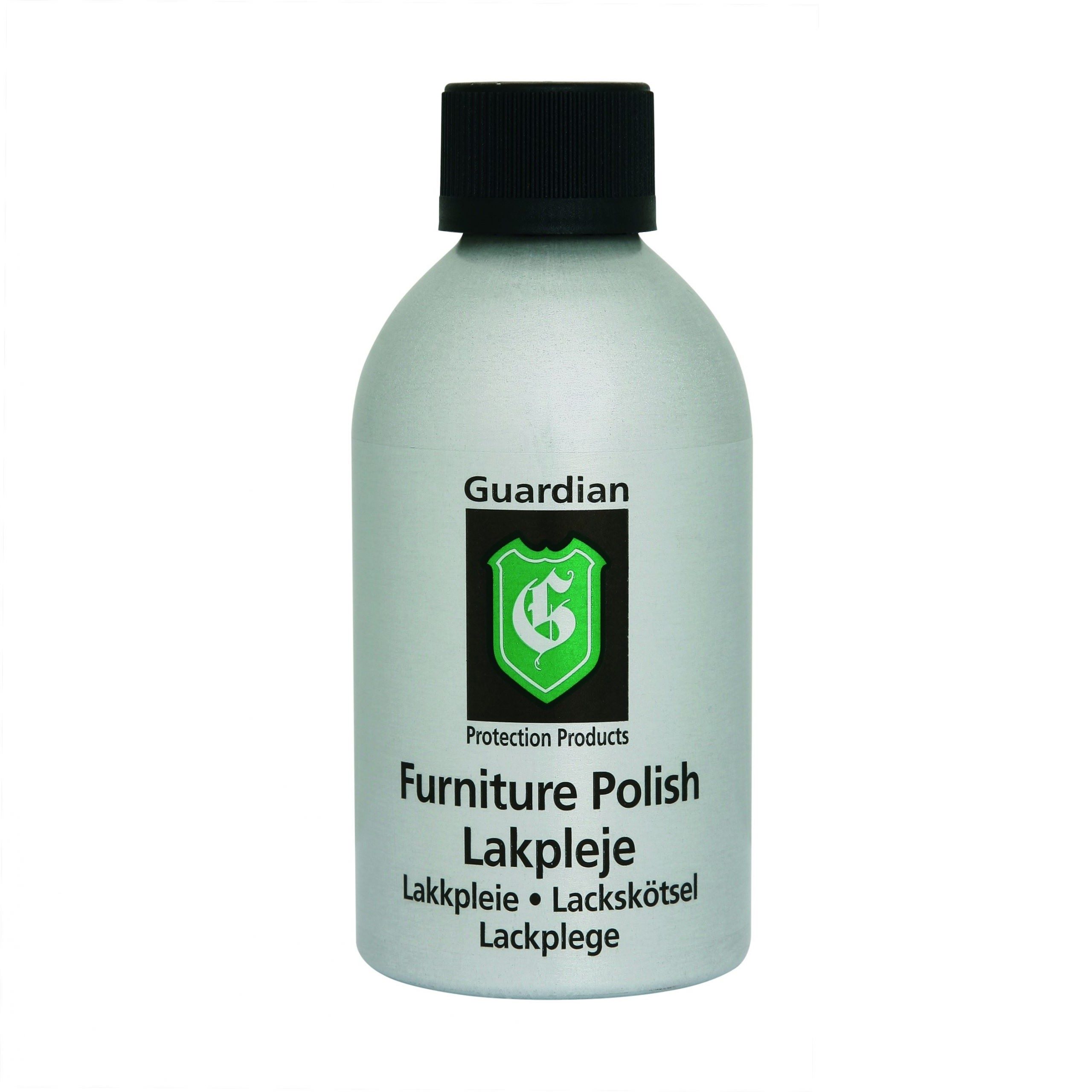
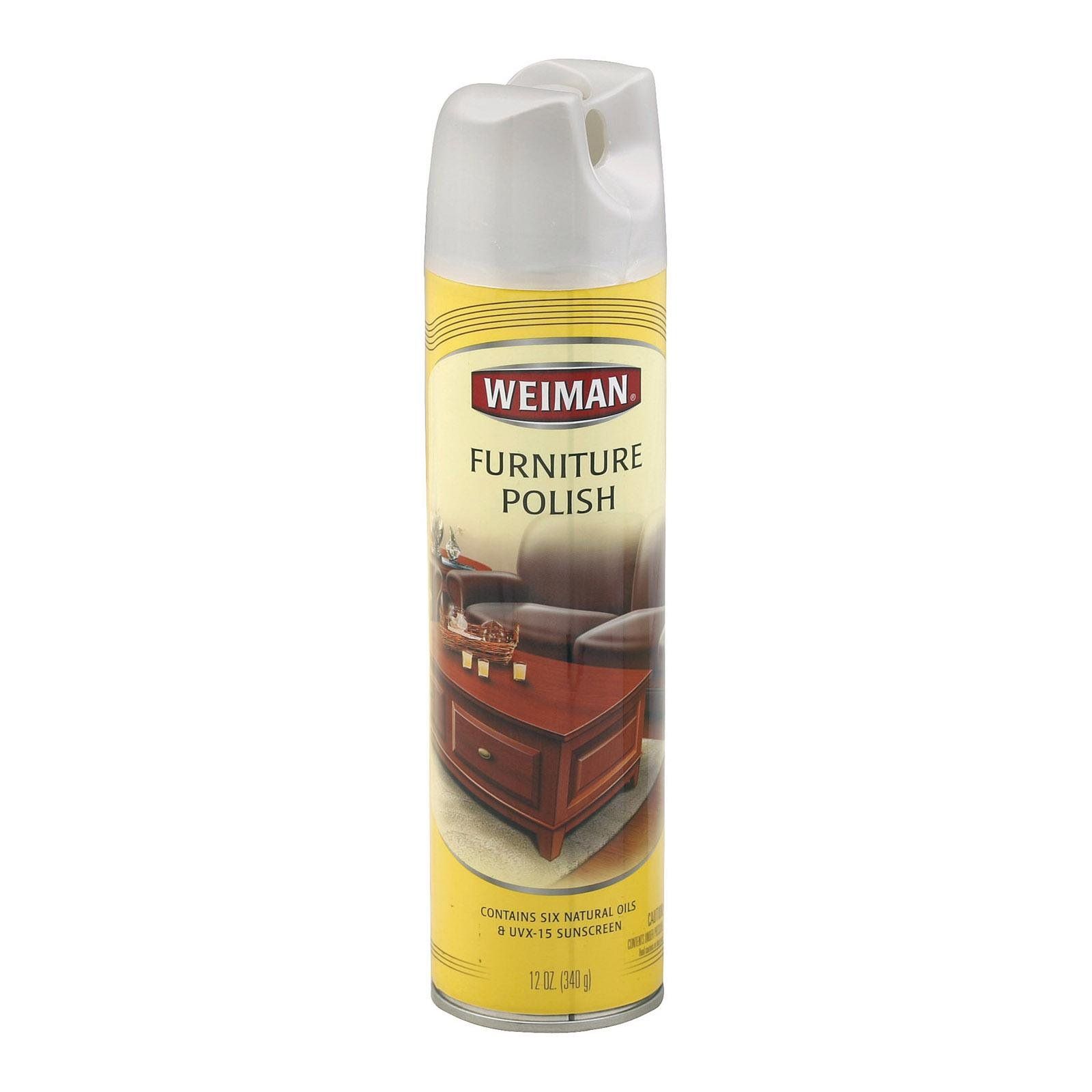
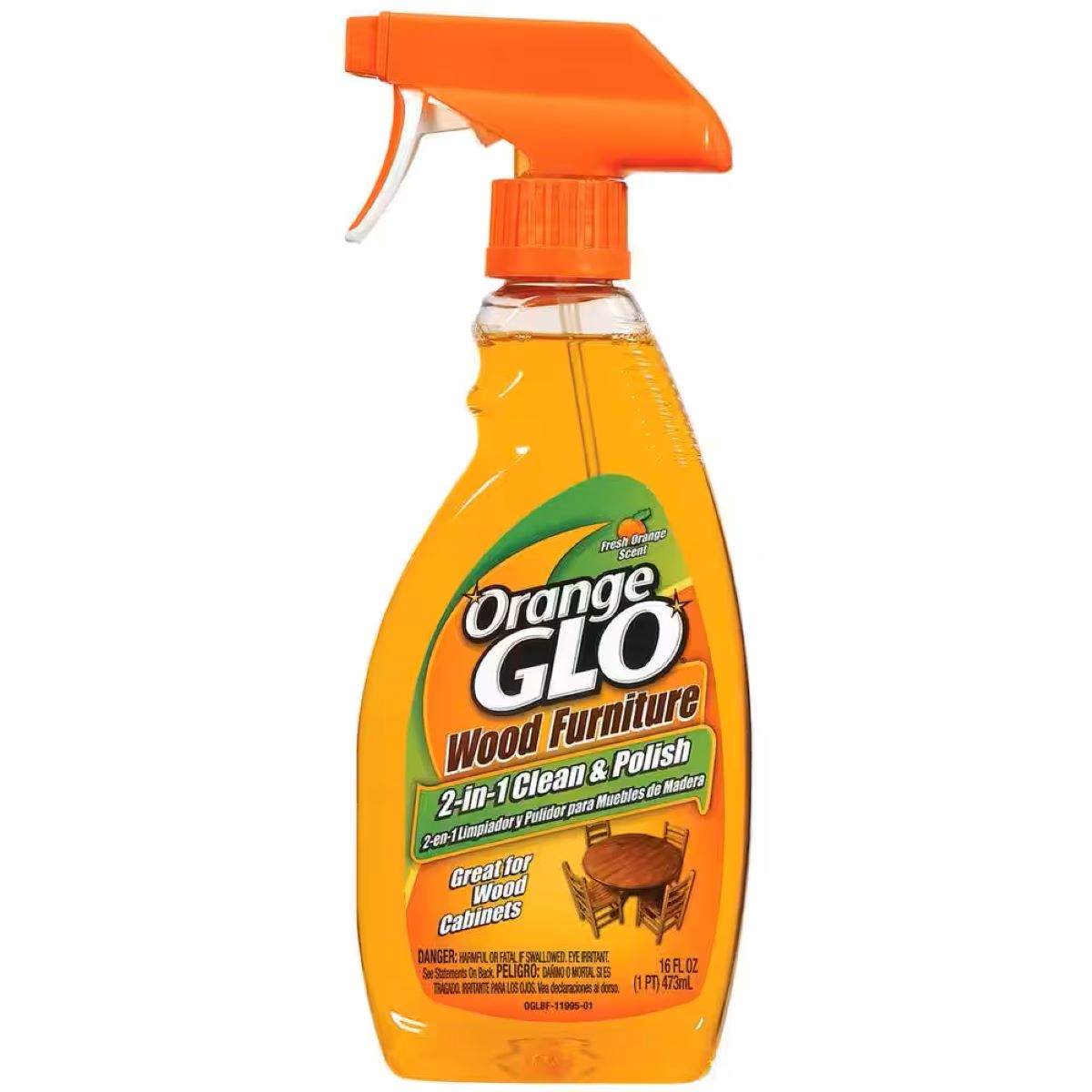
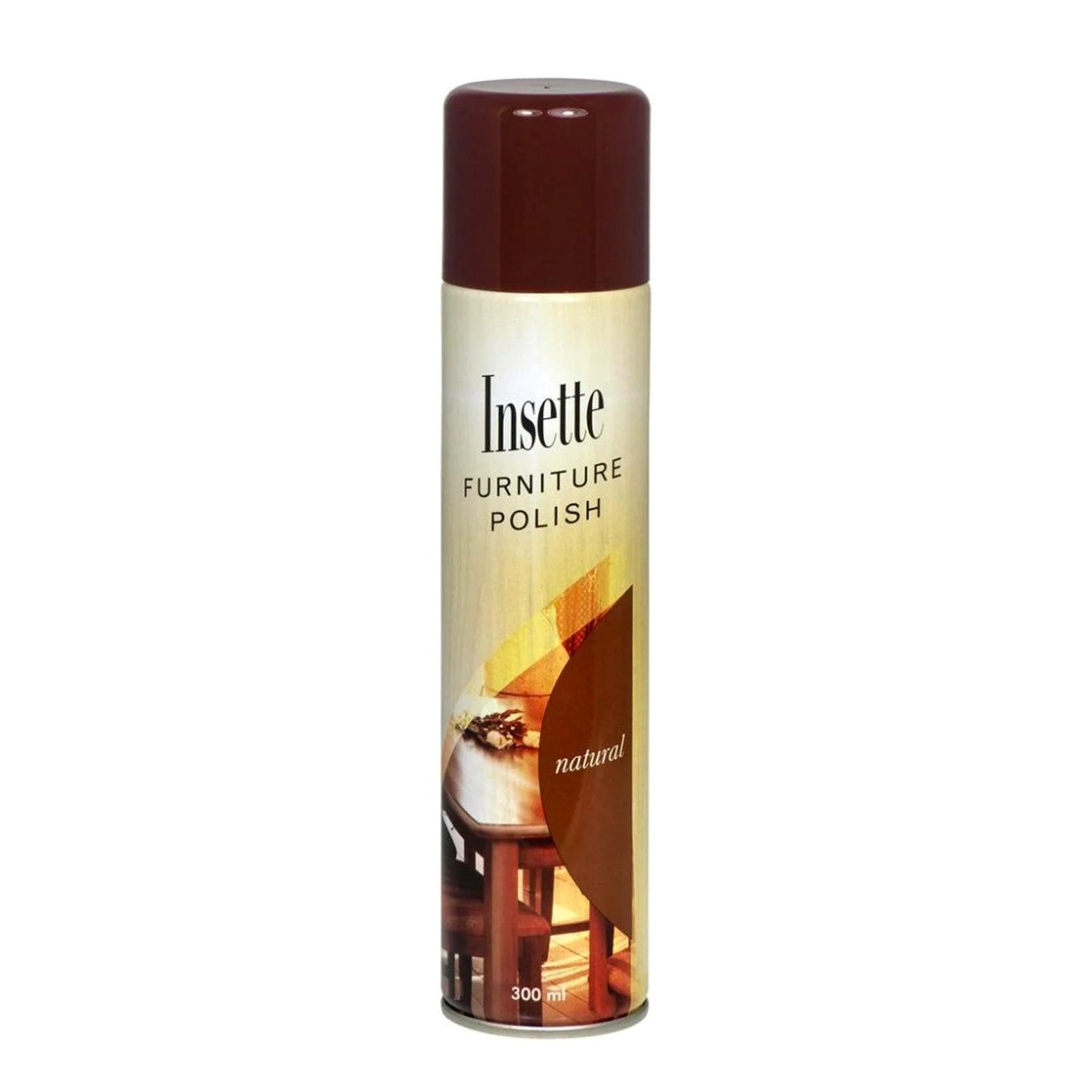
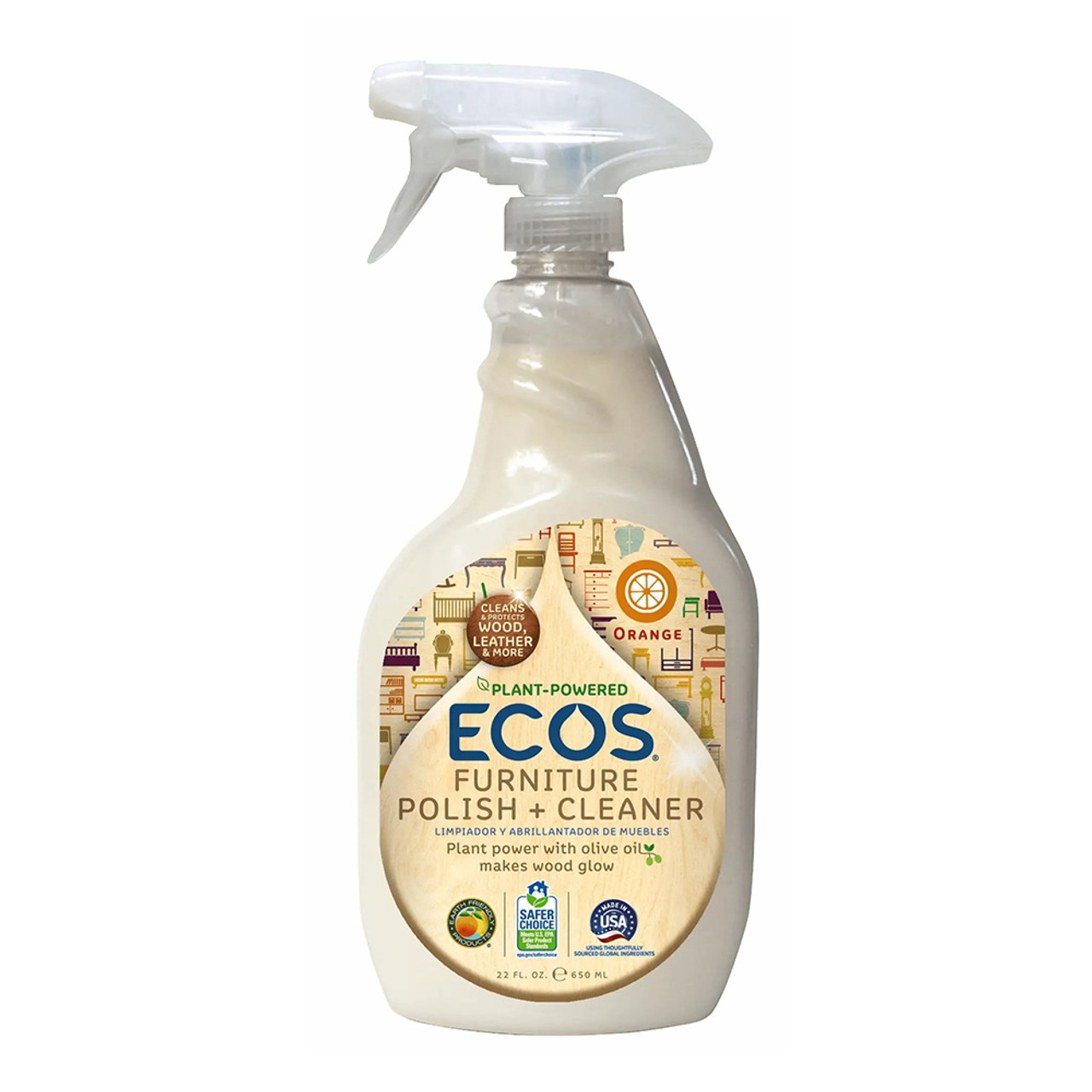
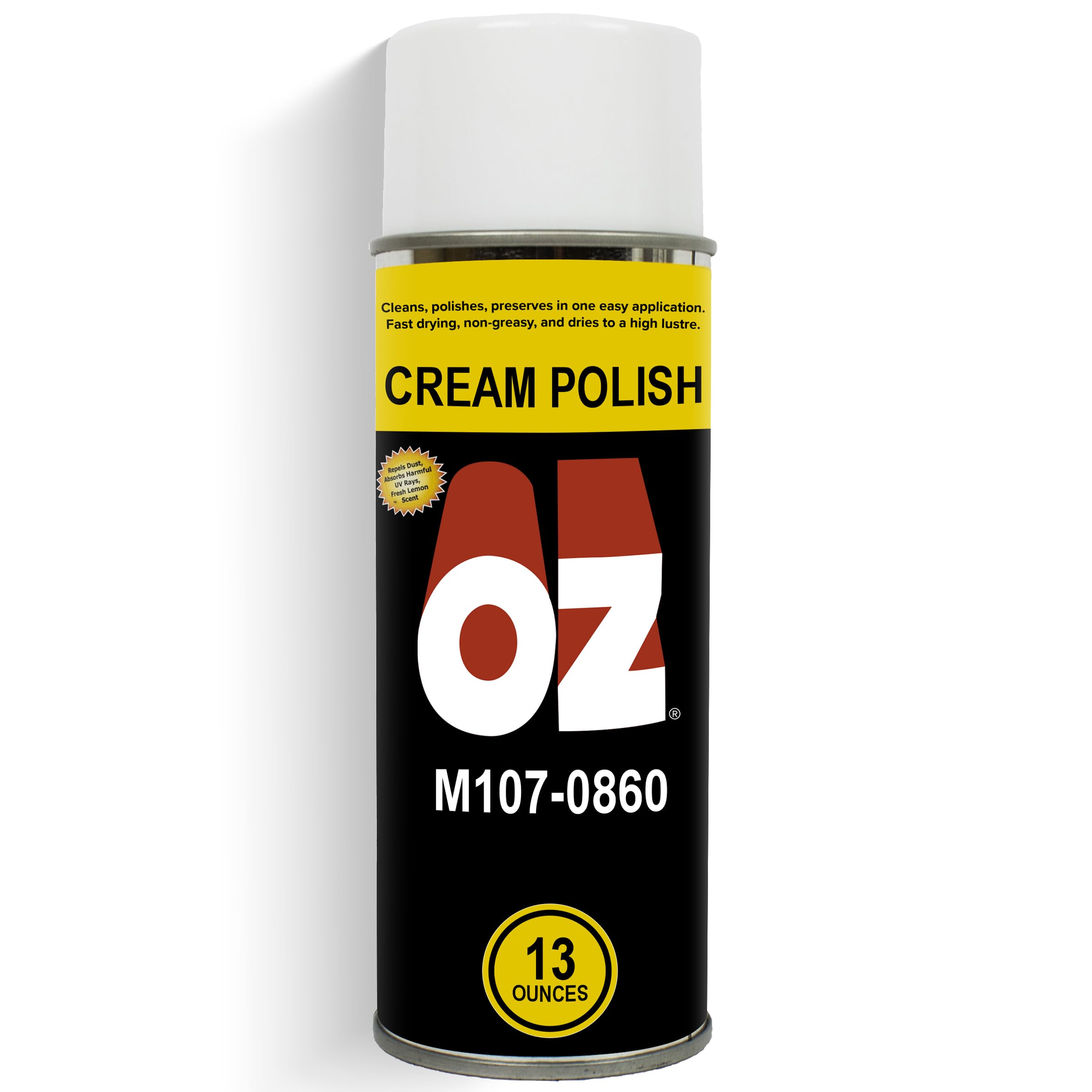
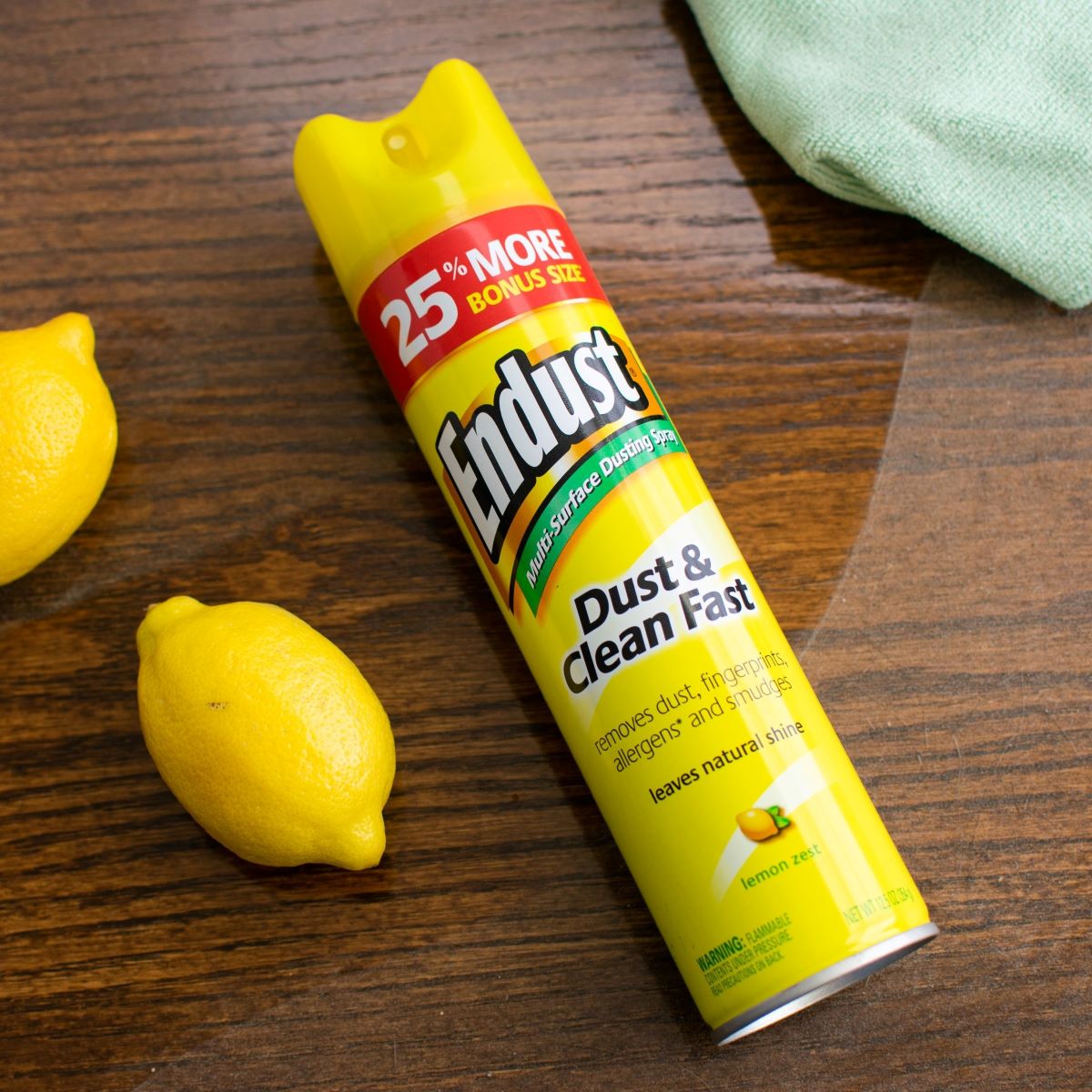

0 thoughts on “How To Make A Furniture Polish At Home”